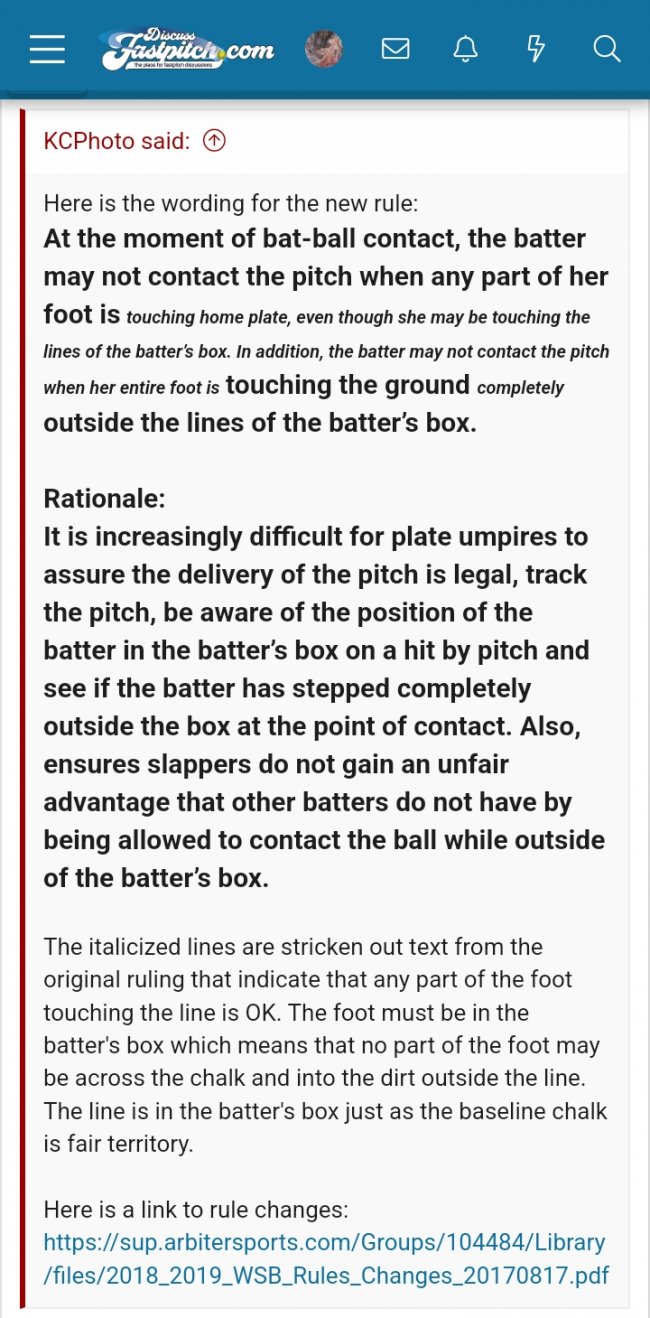Totally agree but those other sports are internally consistent. None of them say when the ball hits the line it is in bounds but when a player steps on the line it is out of bounds. And they certainly don't say if you are on defense and step on the line you are in bounds but on offense you are out of bounds if you step on the line.If you want to mention other sports, name one other sport that still considers a player to be "in bounds" if part of their foot is on the line while the rest/majority of it is out of bounds.
That is really my whole point. I gave the thread that argumentative title to get people talking but really my problem with the rule is the inconsistency that seems illogical to me.






